Why Challenges of Customer Service Keep Growing
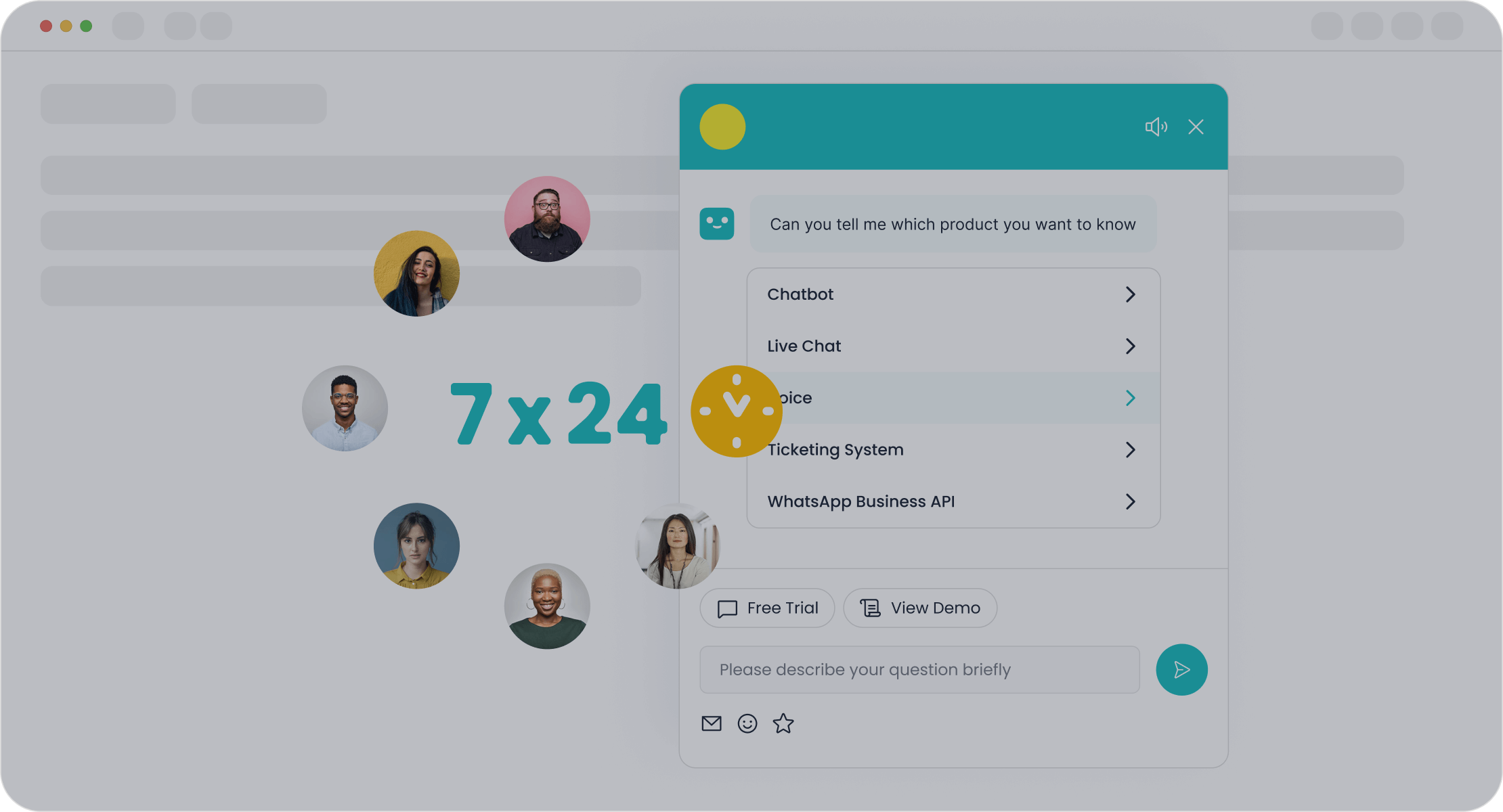
The rapid pace of digital transformation has revolutionized how you interact with businesses. Customers now expect seamless experiences across every platform. This shift has created significant challenges for companies to meet these demands. For instance, integrating AI into customer service processes has increased profitability by 40%, showcasing the efficiency of automation. Additionally, tools like chatbots and predictive analytics streamline interactions, ensuring faster responses. These advancements allow businesses to extend their services, offering personalized solutions that enhance the customer experience. Platforms like Sobot exemplify how innovation can address the challenges of customer service, helping you connect with brands more effectively.
The Rise of Digital Expectations in Customer Service

How digital transformation reshapes customer expectations
Digital transformation has fundamentally changed how you interact with businesses. With the rise of advanced technology, you now expect faster, more efficient, and personalized service. By 2024, 90% of organizations are predicted to undergo some form of digital transformation, reflecting the urgency to meet these evolving demands. This shift has made speed and convenience non-negotiable in your customer journey.
For example, 81% of customers expect faster service, while 73% desire better personalization. These numbers highlight how businesses must adapt to stay relevant. Companies that fail to embrace digital transformation risk losing your loyalty. You’re more likely to choose brands that offer seamless digital experiences across multiple channels.
Sobot’s AI-powered solutions, such as its Chatbot, align perfectly with these expectations. By providing 24/7 support and multilingual capabilities, it ensures you receive timely and accurate assistance, no matter where you are in your journey.
The demand for instant responses and 24/7 availability
In today’s fast-paced world, waiting for answers feels outdated. You want immediate responses, especially when reaching out through digital channels. Studies show that 72% of customers expect instant service, and 59% are more likely to buy from brands that respond within a minute. These statistics underline the importance of real-time engagement in building trust and loyalty.
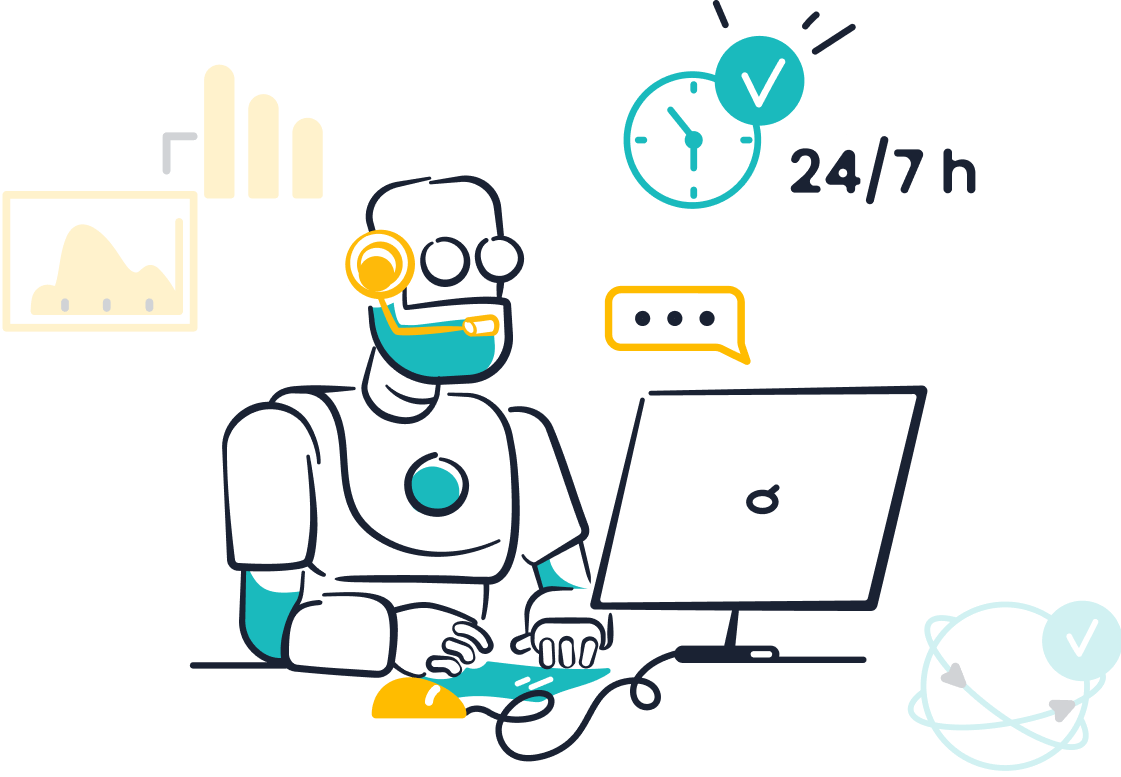
Metrics like First Response Time and Average Resolution Time are critical in measuring how well businesses meet your needs. A quick response not only resolves your issues but also enhances your overall experience. For instance, Sobot’s Chatbot operates around the clock, ensuring you never have to wait for assistance. Its ability to triage queries instantly reduces response times and improves efficiency, making your interactions smoother and more satisfying.
The growing need for personalized customer experiences
Personalization has become a cornerstone of modern customer service. You want businesses to understand your preferences and tailor their offerings accordingly. In fact, 66% of customers say they will stop supporting a brand if their experience isn’t personalized. This growing demand for tailored interactions has pushed companies to adopt advanced strategies and tools.
Industries like retail and e-commerce have seen significant benefits from personalization. For example, a luxury retailer achieved an 88% increase in average revenue per user through personalized recommendations. These results demonstrate how understanding your unique needs can lead to better outcomes for both you and the business.
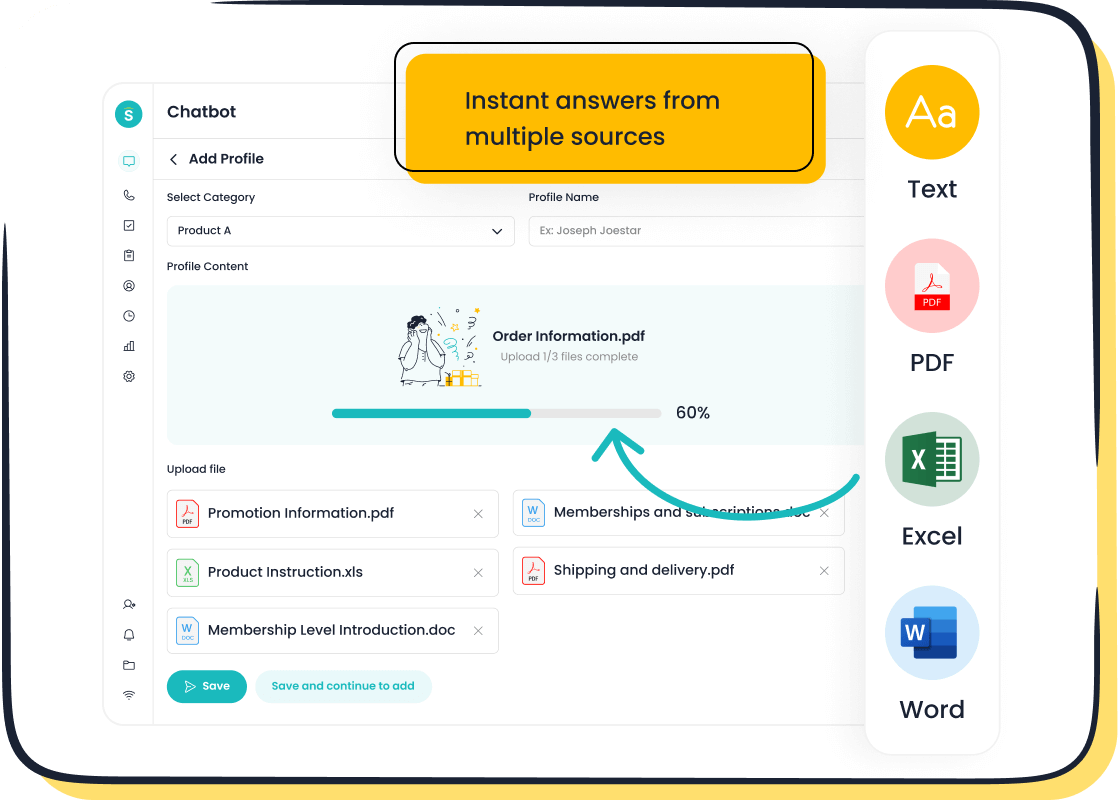
Sobot excels in delivering personalized experiences through its omnichannel solutions. By integrating customer data across platforms, it enables businesses to provide consistent and customized support. Whether you’re shopping online or seeking help through live chat, Sobot ensures your experience feels personal and meaningful.
Navigating Multi-Channel Communication Challenges
Managing customer interactions across diverse platforms
Your customer journey often spans multiple digital channels, from social media to live chat and email. Managing these interactions effectively can be challenging for businesses. Customers expect seamless transitions between platforms, but inconsistent service can lead to frustration. For example, switching from a chatbot on a website to a live agent on WhatsApp should feel effortless.
Businesses face several challenges in this area:
- Channel Selection: You use various platforms, making it difficult for companies to provide consistent service everywhere.
- Personalization vs. Privacy: While you appreciate tailored experiences, businesses must balance personalization with respecting your privacy.
- Employee Training: Rapid advancements in technology require continuous staff training to ensure smooth interactions.
Sobot’s omnichannel solutions address these challenges by unifying customer communication across platforms. Its AI-powered tools create a cohesive experience, enabling businesses to deliver personalized support while maintaining efficiency.
Ensuring consistency in messaging across channels
Consistency in messaging is vital for building trust. You expect brands to maintain their tone, style, and values across all digital channels. However, achieving this can be complex. Businesses must ensure that their communication reflects their brand personality, whether through social media posts, email campaigns, or chatbot interactions.
To maintain consistency, companies can adopt strategies like:
- Developing a detailed brand guideline document that outlines logos, colors, typography, and messaging.
- Using a content calendar to plan and organize communication across platforms.
- Conducting regular audits to identify inconsistencies and collecting customer feedback to understand brand perception.
Sobot’s solutions simplify this process by integrating customer data and communication tools into one platform. This ensures that every interaction aligns with the brand’s identity, enhancing your overall customer experience.
The impact of social media on customer service standards
Social media has transformed customer engagement. You now expect businesses to respond quickly and effectively on platforms like Facebook Messenger or Twitter. Studies show that 74% of online adults feel more connected to brands that offer direct messaging options, and nearly 75% of consumers expect responses within 24 hours.
Failing to meet these expectations can have consequences. For instance, 73% of social users are willing to switch to competitors if a brand doesn’t respond promptly. This highlights the importance of maintaining active and responsive social media channels.
Sobot’s AI-powered tools help businesses manage social media interactions efficiently. By automating responses and providing real-time support, Sobot ensures that your inquiries are addressed promptly, improving customer satisfaction and loyalty.
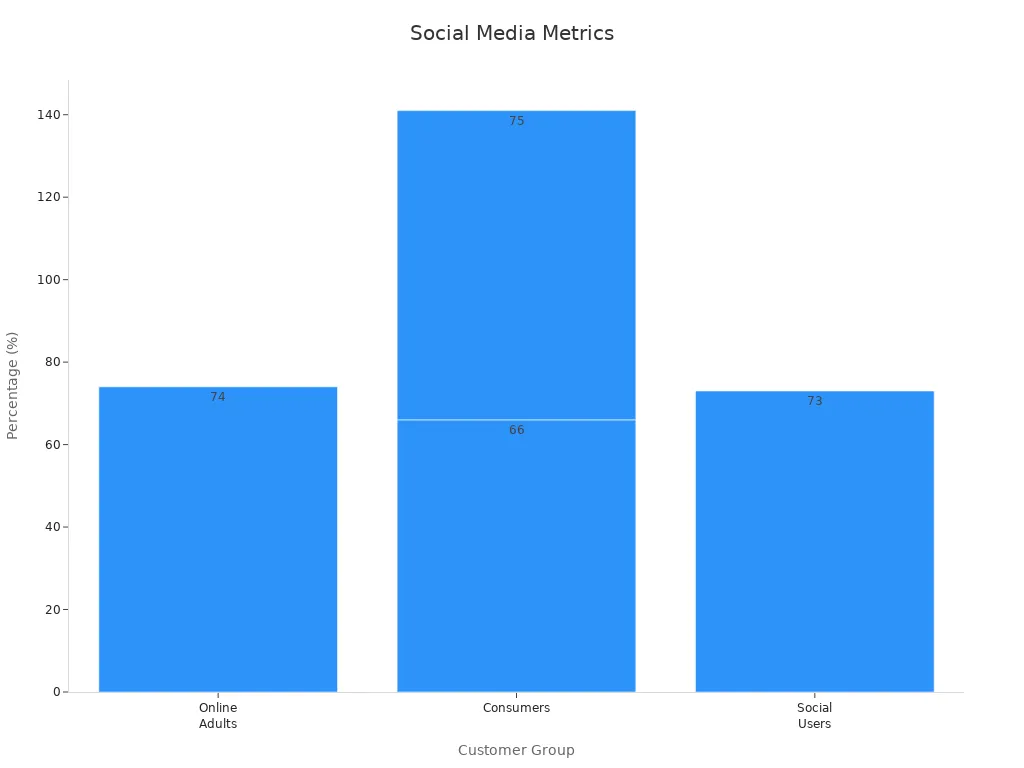
The Role of Automation and AI in Addressing Customer Service Challenges
Benefits of automation in streamlining customer service
Automation has revolutionized how businesses handle customer interactions. By automating repetitive tasks, companies can focus on delivering personalized assistance and resolving complex issues. This shift enhances the overall customer experience while improving operational efficiency. For example, automation reduces human error, ensuring accurate and consistent responses. It also enables faster response times, minimizing the wait time for customers.
| Benefit | Description |
|---|---|
| Increased customer focus | Automating repetitive tasks allows teams to focus on personalized assistance and complex issues. |
| Improved accuracy | Reduces human error, ensuring accurate and up-to-date information for better customer experiences. |
| Faster response times | Enables quicker responses to inquiries, minimizing wait times for customers. |
| Scalability | Facilitates scaling of customer service operations as the business grows without overburdening teams. |
Studies show that companies using AI have reduced first response times by up to 74% and achieved a 36% increase in repeat purchases. These improvements highlight how automation not only streamlines workflows but also boosts customer satisfaction and loyalty.
How Sobot's Chatbot enhances efficiency and personalization

Sobot's AI-powered Chatbot exemplifies how automation can transform customer service. It operates 24/7, handling regular queries autonomously and assisting agents with more complex issues. This capability improves productivity by 70% and reduces costs by up to 50%. The chatbot’s multilingual support ensures seamless communication across diverse customer bases, while its no-coding-required setup makes it accessible to businesses of all sizes.
| Metric | Description |
|---|---|
| Actionable Insights | Data-driven optimization for smarter responses |
| Enhanced Engagement | Personalized experiences through intelligent analysis |
| Seamless Operations | Real-time workflow streamlining |
| Peak Performance | Continuous monitoring and improvement |
| Customer Satisfaction (CSAT) | 300+ indicators and customizable data reports to improve customer support |
By integrating customer data from various channels, Sobot’s Chatbot delivers personalized experiences tailored to individual needs. This approach not only enhances engagement but also fosters long-term loyalty.
Striking a balance between automation and the human touch
While automation offers numerous benefits, maintaining a human element in customer service remains essential. Metrics like Customer Satisfaction (CSAT) and First Contact Resolution (FCR) help assess the effectiveness of combining automation with human interaction. For instance, Sobot’s solutions ensure that automated systems handle routine tasks, while human agents focus on building trust and empathy during complex interactions.
| Metric | Description |
|---|---|
| Average Handling Time (AHT) | Measures the average duration taken to resolve customer inquiries. |
| Resolved on Automation Rate (ROAR) | The percentage of issues resolved through automated systems. |
| Customer Satisfaction (CSAT) | Reflects customer happiness with the service provided. |
| First Contact Resolution (FCR) | The rate at which customer issues are resolved on the first interaction. |
Empathy and emotional intelligence remain critical in creating meaningful connections. By leveraging automation for efficiency and reserving human interaction for complex scenarios, businesses can deliver a balanced and exceptional customer experience.
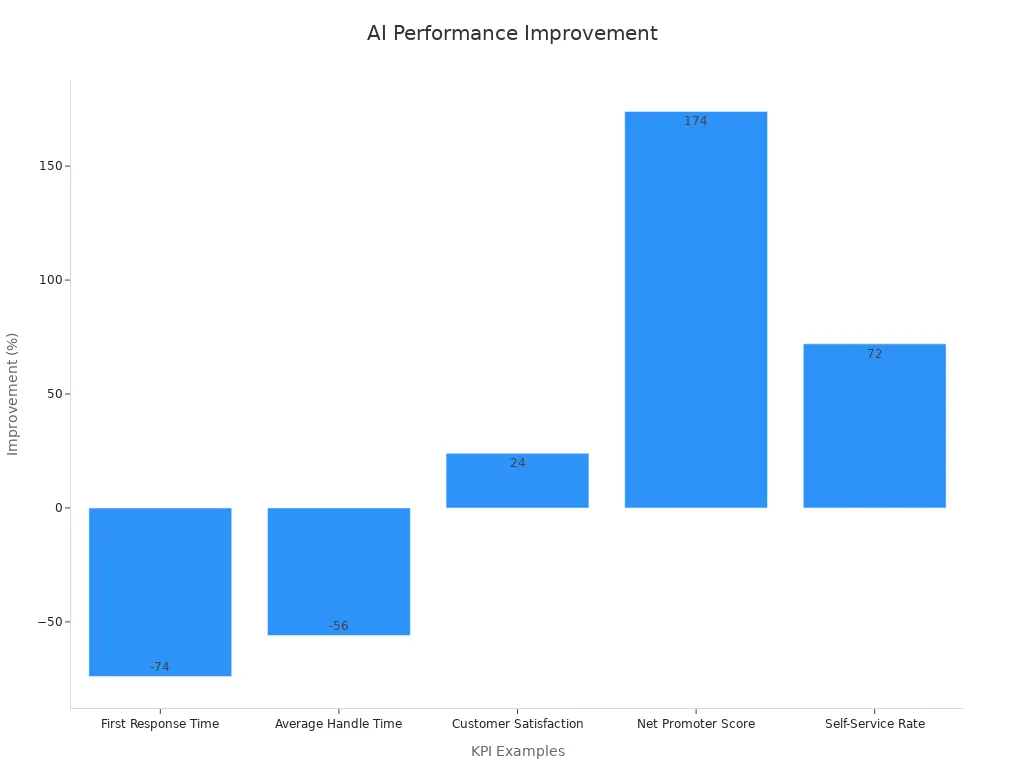
The Human Element in a Digital Customer Experience

Why empathy and emotional intelligence remain critical
Empathy and emotional intelligence are essential in creating meaningful customer experiences. You want businesses to understand your emotions and respond in ways that make you feel valued. Empathy allows companies to connect with you by addressing your emotional needs. For example, empathy-driven marketing strategies help businesses identify emotional triggers in your journey, enabling them to tailor their interactions effectively. This approach fosters loyalty and builds stronger connections.
The importance of empathy extends beyond marketing. In fields like healthcare, digital empathy has improved patient satisfaction and trust. These outcomes highlight how understanding emotions can enhance customer experiences across industries. When businesses prioritize empathy, they create interactions that feel personal and genuine, even in a digital environment.
Challenges of training staff for digital and human-centered service
Training staff to excel in both digital and human-centered customer service presents unique challenges. As a customer, you expect seamless interactions across platforms, but achieving this requires skilled employees. Many businesses struggle with inadequate digital training programs, leading to frustration among staff. A survey revealed that 61% of leaders believe poor digital experiences contribute to employee resignations. This highlights the need for effective training that addresses both technical and emotional skills.
Leadership support plays a crucial role in overcoming these challenges. Without strong backing from leaders, training programs often fail to achieve their goals. Businesses must invest in human-centered design (HCD) approaches that emphasize empathy and customer-first strategies. By equipping staff with the right tools and knowledge, companies can ensure you receive exceptional service.
Building trust and rapport in a technology-driven world
In a world driven by technology, building trust with customers like you is more important than ever. Trust forms the foundation of any successful relationship, and businesses must adopt strategies to strengthen it. For instance, acknowledging the trust gap between executives and stakeholders helps companies address disconnects. Developing a culture of trust within leadership also fosters broader organizational confidence.
| Strategy for Building Trust | Key Insights |
|---|---|
| Acknowledge the trust gap | Recognizing disconnects between executives and stakeholders is crucial. |
| Take on trust opportunities as a team | Understanding the impacts of decreased trust on business is essential. |
| Focus on building a culture of trust | Leadership trust is foundational for broader organizational trust. |
| Develop a stakeholder engagement plan | Regular engagement adapts to evolving customer needs. |
| Tell your company’s story consistently | Aligning internal and external narratives avoids confusion and mistrust. |
| Embed trust in new areas from the start | Designing for trust in new technologies enhances long-term value. |

Sobot’s solutions, such as its omnichannel platform, help businesses build trust by ensuring consistent and transparent communication. By integrating customer data and providing personalized support, Sobot enables companies to create experiences that feel authentic and trustworthy.
Strategies to Overcome Challenges of Customer Service in the Digital Era
Investing in employee training and development
Employee training plays a pivotal role in improving customer service outcomes. When employees receive proper training, they gain the skills needed to deliver exceptional customer experiences. For every $1 spent on enhancing customer experience, companies see a $3 return, according to Avanade. This highlights the direct financial benefits of investing in training programs.
Empathy training is particularly impactful. Customer service professionals trained in empathy are nearly twice as likely to perform at high levels, as noted by Salesforce. Immediate coaching after customer interactions can also improve team performance by 12%, according to HBR.
| Evidence | Source |
|---|---|
| $3 return for every $1 spent on better customer experience | Avanade |
| Big companies save up to $60 million annually with engaged teams | Gallup |
| Empathy-trained professionals are 2x more likely to excel | Salesforce |
| Coaching after interactions boosts team performance by 12% | HBR |
By prioritizing employee development, businesses can enhance customer retention and satisfaction. Sobot’s solutions complement these efforts by providing tools that simplify workflows, enabling employees to focus on delivering personalized and empathetic service.
Leveraging Sobot's omnichannel solutions for seamless communication
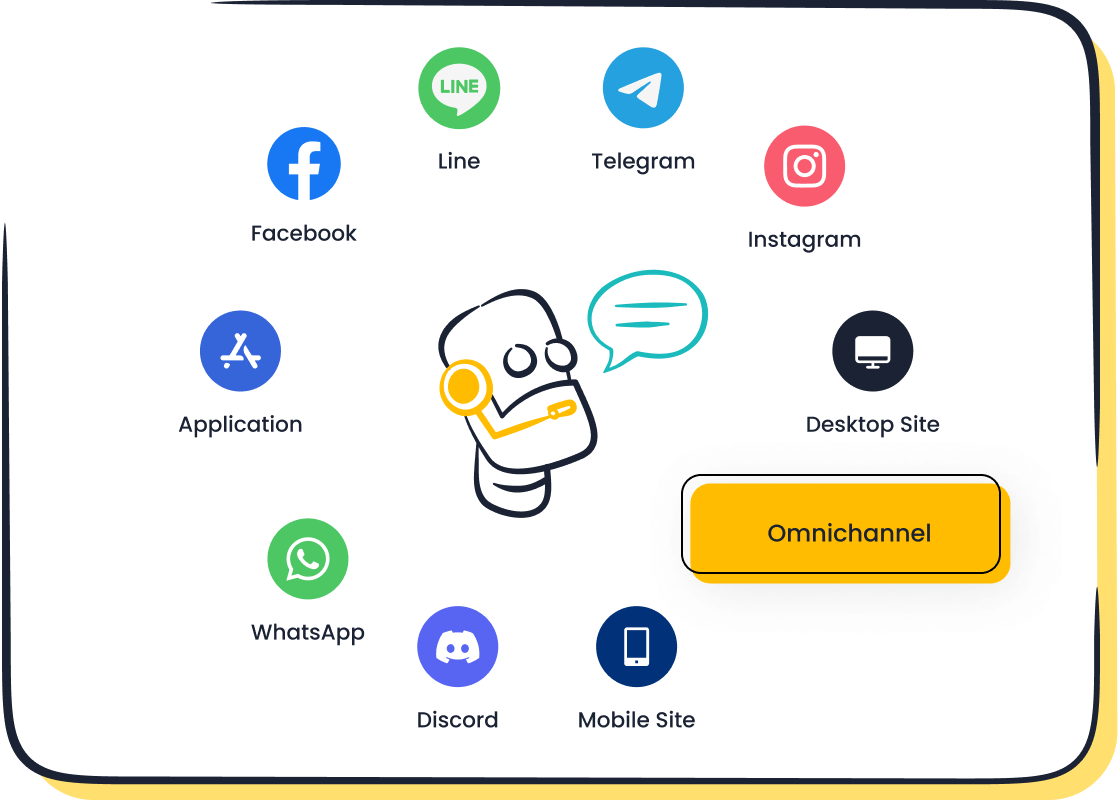
Managing communication across multiple platforms can be challenging, but Sobot’s omnichannel solutions simplify this process. These digital solutions unify customer interactions, ensuring a consistent and efficient experience. Over two years, self-service powered by Sobot reduced inbound discussion volume by 20%, freeing up resources for more complex issues.
Sobot’s AI tools also improve response accuracy, with over 80% of answers being correct. This precision enhances customer satisfaction, which has risen to over 95% among users of Sobot’s platform. Additionally, 85% of problems are resolved with the help of Sobot’s solutions, showcasing their effectiveness in streamlining problem-solving.
| Evidence Type | Description |
|---|---|
| Improve Efficiency | Automation and AI reduce response times and enhance service grading, maximizing team productivity. |
| Streamline Problem-solving | Involvement of various roles while front-line agents manage processing leads to better outcomes. |
| Reduction in Inbound Volume | Over two years, self-service has reduced inbound discussion volume by 20%. |
| Increased Customer Satisfaction | Positive feedback increased to over 96%. |
| High Accuracy of Responses | Over 80% of answers provided by the AI platform are correct. |
| Problem Resolution Rate | 85% of problems are solved with the help of Sobot solutions. |
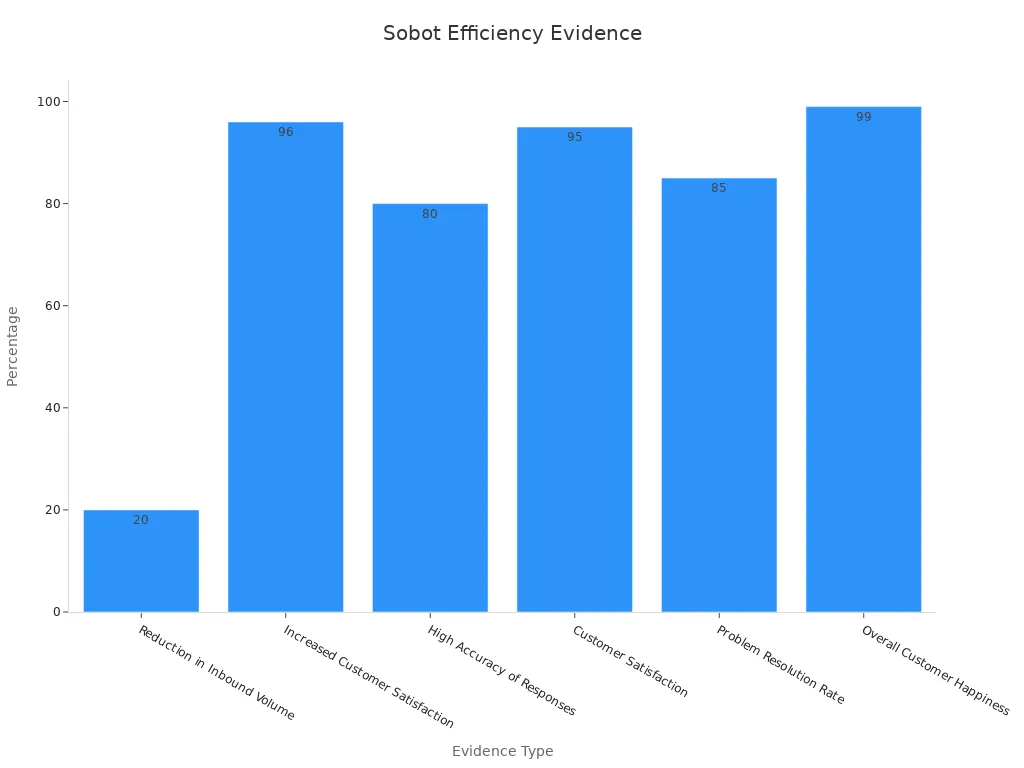
Sobot’s omnichannel experience ensures that customers receive consistent support across platforms like WhatsApp, live chat, and email. This seamless integration fosters customer retention and builds trust, making Sobot a valuable partner in overcoming communication challenges.
Using customer feedback to refine service strategies
Customer feedback serves as a powerful tool for improving service strategies. Metrics like Net Promoter Score (NPS), Customer Satisfaction Score (CSAT), and Customer Effort Score (CES) provide insights into customer loyalty, satisfaction, and ease of interaction. For example, NPS gauges how likely customers are to recommend a company, while CSAT measures satisfaction immediately after an interaction.
| Metric | Description |
|---|---|
| Net Promoter Score (NPS) | Gauges customer loyalty by asking how likely customers are to recommend the company on a scale of 0-10. |
| Customer Satisfaction Score (CSAT) | Measures customer satisfaction immediately after an interaction using a scale from 1 to 5. |
| Customer Effort Score (CES) | Assesses the ease of service experience by asking customers to rate the effort needed to use a product or resolve an issue. |
Sobot’s solutions help businesses collect and analyze customer feedback effectively. By integrating feedback into their workflows, companies can identify areas for improvement and refine their strategies. This approach not only enhances the customer experience but also drives long-term retention.
Combining technology with a customer-first mindset
Technology has transformed how businesses interact with you, but its true potential shines when paired with a customer-first mindset. Companies that prioritize your needs while leveraging digital solutions create experiences that feel personal, efficient, and memorable. This approach not only enhances customer retention but also builds lasting loyalty.
Why a customer-first mindset matters in the digital age
You expect businesses to understand your preferences and anticipate your needs. A customer-first mindset ensures that every interaction prioritizes your satisfaction. For example, Ritz-Carlton empowers its staff to create personalized moments by anticipating guest needs. This focus on delivering exceptional customer experiences has made the brand synonymous with luxury and trust.
When businesses combine this mindset with technology, they can scale their efforts without losing the human touch. Digital tools like AI-powered chatbots and omnichannel platforms streamline operations, allowing companies to focus on creating meaningful connections with you.
How technology enhances customer-centric strategies
Digital solutions enable businesses to deliver faster, more personalized service. For instance, Airbnb uses data and feedback to tailor recommendations, ensuring your experience feels unique. Similarly, Sobot’s omnichannel experience integrates customer data across platforms, allowing businesses to provide consistent and customized support. Whether you’re interacting via live chat, email, or social media, this seamless integration ensures your journey remains smooth.
Other companies have also excelled by combining technology with customer-centric strategies:
- Zappos: Built a culture of exceptional service, empowering employees to resolve issues creatively.
- Warby Parker: Disrupted the eyewear industry by focusing on user experience and simplifying the buying process.
- Glossier: Engaged customers through social media, creating a loyal community driven by feedback.
These examples show how businesses can use technology to amplify their customer-first approach, creating experiences that resonate with you.
Benefits of blending technology with empathy
Empathy remains critical in delivering exceptional service. While technology handles routine tasks, human interaction adds emotional depth to your experience. For example, Sobot’s AI tools automate repetitive processes, freeing up agents to focus on complex issues that require empathy and understanding. This balance ensures that you feel valued, even in a technology-driven environment.
A customer-first mindset also drives innovation. Companies that listen to your feedback and adapt their strategies can create products and services that truly meet your needs. For instance, Glossier’s customer-driven product development has resulted in a loyal fan base and increased retention rates.
Practical strategies for combining technology and customer focus
Businesses can adopt several strategies to align technology with a customer-first mindset:
- Invest in omnichannel platforms: Tools like Sobot’s solutions unify communication, ensuring consistent support across channels.
- Leverage data for personalization: Use insights to tailor interactions, making your experience more meaningful.
- Empower employees with technology: Equip staff with AI tools to enhance efficiency and empathy during interactions.
- Prioritize feedback: Regularly collect and analyze your input to refine service strategies.
These strategies help businesses create a harmonious blend of technology and customer focus, ensuring that every interaction feels authentic and valuable.
Tip: Companies that combine technology with a customer-first mindset see higher satisfaction rates and stronger retention. This approach not only improves your experience but also drives long-term success.
Customer service continues to evolve as digital transformation reshapes expectations. Businesses face rising demands for seamless, personalized, and omnichannel experiences. Companies using a customer-focused approach see a 25% boost in loyalty, while AI-driven solutions improve engagement by 40%. Tools like Sobot’s Chatbot streamline operations, offering 24/7 support and reducing costs. Omnichannel platforms ensure consistent communication, building trust and satisfaction. As 72% of leaders believe AI outperforms humans, integrating technology with a human-centered mindset becomes essential. By prioritizing customer satisfaction and continuous improvement, businesses can thrive in this dynamic landscape.
FAQ
What is the biggest challenge in modern customer service?
The biggest challenge is meeting rising customer expectations for instant, personalized, and seamless support. For example, 72% of customers expect responses within a minute. Tools like Sobot’s AI Chatbot help businesses meet these demands by providing 24/7 multilingual support and reducing response times.
How does automation improve customer service?
Automation streamlines repetitive tasks, allowing agents to focus on complex issues. For instance, Sobot’s Chatbot improves productivity by 70% and reduces costs by up to 50%. It also ensures faster responses, enhancing customer satisfaction and loyalty.
Why is omnichannel communication important?
Omnichannel communication ensures consistent support across platforms like WhatsApp, email, and live chat. Customers expect seamless transitions between channels. Sobot’s omnichannel solutions unify interactions, making it easier for businesses to deliver a cohesive and efficient experience.
How can businesses balance automation with human interaction?
Businesses can use automation for routine tasks while reserving human agents for complex or emotional issues. Sobot’s solutions, like its AI-powered Chatbot, handle repetitive queries, freeing agents to focus on building trust and empathy during critical interactions.
How does customer feedback improve service strategies?
Customer feedback provides insights into areas needing improvement. Metrics like NPS and CSAT help businesses measure satisfaction and loyalty. Sobot’s tools integrate feedback into workflows, enabling companies to refine their strategies and enhance the customer experience.
Tip: Regularly collecting and acting on feedback can boost customer retention by up to 25%!
See Also
Transforming Support Through AI Customer Service Agents
Ten Strategies to Enhance Live Chat Customer Experience
Enhancing Efficiency With AI-Powered Customer Service Tools
